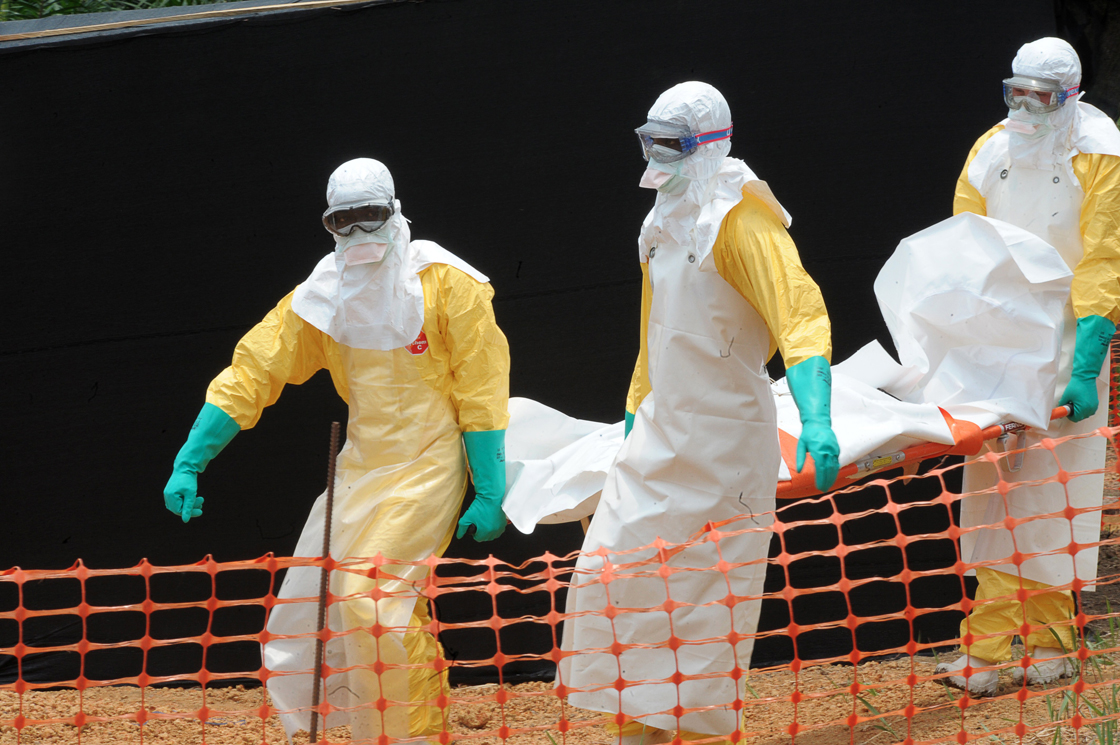TORONTO – As the world’s largest Ebola outbreak rages on in West Africa, scientists received the go-ahead to fast-track testing on yet another potential vaccine for the deadly disease.

Johnson & Johnson says clinical trials for its new vaccine should start in early 2015 – a year ahead of its initial plans for human testing.
It’s a combination vaccine that’s only one in a string of experimental Ebola drugs already in the pipeline. Canadian researchers – out of Toronto, Winnipeg and B.C. – are also spearheading development in a handful of potential treatments.
Earlier this month, pharmaceutical giant GlaxoSmithKline and the U.S. National Institutes of Health began their trials on 20 human subjects for their vaccine.
The vaccines in the works differ from the Canadian-U.S. experimental drug, ZMapp, which was used on two U.S. doctors who tested positive for Ebola during their stints in West Africa. In that case, ZMapp treated the disease, whereas the vaccine would attempt to prevent infection outright.
READ MORE: Companies race to begin first human tests of Ebola vaccines
For the most part, the therapies and vaccines in the works have been tested solely on primates. There is no cure for Ebola, and because the disease is so rare, investment is tricky to gather. The current outbreak is now forcing governments and drug makers to speed up research and development efforts.
How it works
The J&J vaccine pairs two components together – one portion is out of Bavarian Nordic, a Danish biotechnology company while the other is out of J&J’s Crucell NV, a Dutch-based lab.
READ MORE: 5 things to know about the experimental Ebola drug
“Our primary goal in this escalating Ebola epidemic is to assist governments in protecting health care workers, families and populations who are at high risk of being infected with Ebola as soon as possible in an effort to stop the disease from spreading further,” Dr. Paul Stoffels, J&J’s chief scientific officer, said in a company statement.
He told Reuters that J&J’s long-term goal was to develop a vaccine that fights against two strains of Ebola – Zaire and Sudan – along with a condition called Marburg disease. Because of the urgency for medical help, it’s now zeroing in on the Zaire strain at the heart of the outbreak.
It’s still unclear where the trials would take place and how many human subjects will be tested.
READ MORE: What you need to know about Canada’s contribution to Ebola vaccines
World Health Organization officials are still figuring out the logistics of which patients should receive the limited amounts of treatment.
This summer, Canada said it would donate up to 1,000 doses of its experimental drug VSV-EBOV.
Mapp Pharmaceuticals, the developers behind ZMapp, said its limited quantities of the drug ran out and it could take up to four months to produce another small batch.
The death toll in the outbreak surpassed 1,900 this week, according to the WHO. More than 3,000 people have been infected in Sierra Leone, Nigeria, Liberia and Guinea.
carmen.chai@globalnews.ca
Follow @Carmen_Chai
//


Comments